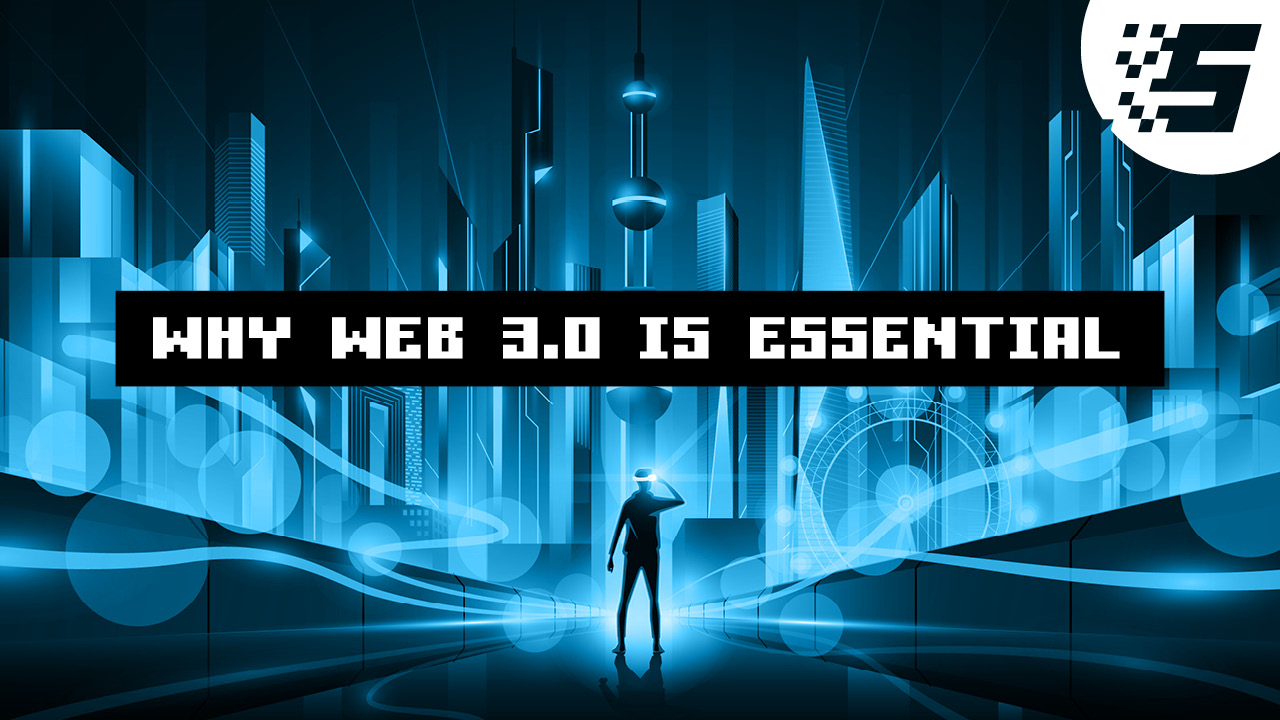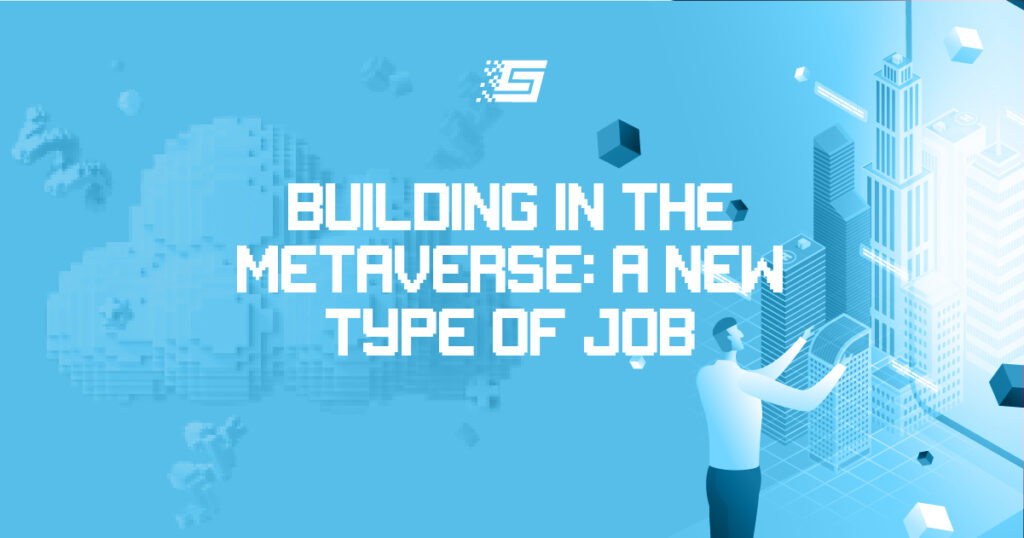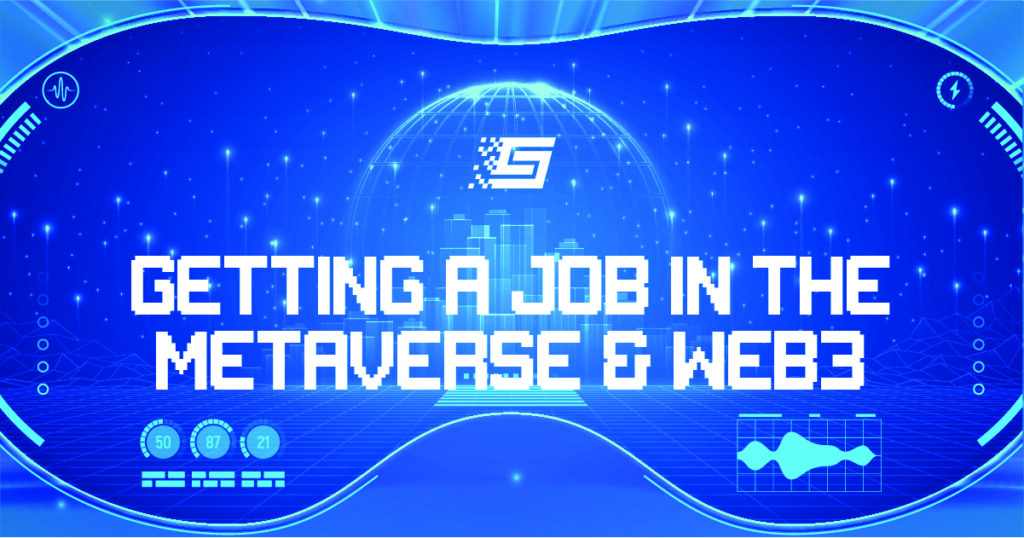
Why web 3.0 is essential in the Metaverse
History of World Wide Web
Web 1.0, also called the “read-only web,” began in the early ’90s when internet users could only search and read information online. Information Communication was only in one direction.
The user could only receive information but could not participate or interact with the web pages. Examples of this are mp3.com, Britannica Online, personal websites, etc.
Next, Web 2.0 is the second generation of internet presently used today. Unlike the previous web, where you could only read content, web 2.0 lets users read, write and share information.
You don’t have to be just a passive viewer. Instead, you can participate in the experience. In addition, users can create accounts on multiple websites and interact with the website or other users. This era ushered in web applications. Examples are social media platforms like Facebook, Twitter, TikTok, etc.
Meanwhile, web 3.0, the emerging phase of the internet, allows users to read and write information and own it. Also, it offers users maximum participation and interactions. To effectively transfer the ownership of data from tech giants to internet users, blockchain networks and platforms mostly use web 3.0.
6 defining Features of web 3.0
- Blockchain: this technology helps provide a decentralized ledger system. It allows users to protect and encrypt their data permanently so intruders cannot invade and use people’s data for their selfish interests. Moreover, web 3.0 applications function maximally on open-source blockchain networks.
- Decentralization: web 1.0 and 2.0 use web addresses to host information stored in a centralized and fixed location. Whereas, through web 3.0, information storage can be distributed and shared among countless contributors. Examples are blockchain storage protocols like Filecoin and Arweave.
- Artificial Intelligence: AI technology combines semantic programming and natural language processing to help computers comprehend information and process it at a fast pace, similar to humans. In effect, computers will be intelligent enough to produce relevant or meaningful results in diverse fields. Moreover, computers can provide users with satisfying solutions or answers regarding their various needs.
- Connectivity: Semantic metadata interprets data so accurately that humans and machines can understand it. This metadata connects information precisely so users can have a new experience level.
- Ubiquity: this feature makes web 3.0 accessible to people from any part of the world via different kinds of devices such as computers and smartphones. Also, thanks to web 3.0, humans now control Internet of Things appliances such as thermostats, home security systems, and cameras using smart watches or smart speakers. Meanwhile, broadband Wifi and 5G also aid web 3.0 connectivity.
- Trustless and permissionless: web 3.0 allows users to conduct transactions without any financial intermediary or third party. It also gives you the ultimate right to your crypto wallet’s money and digital assets.
Web 3.0 and the metaverse
The metaverse is a virtual space where users share experiences, play immersive games, and visit exciting digital locations. Everyone appreciates those metaverse experiences even more when using virtual or augmented reality headsets.
At this time, only a few metaverse platforms use web 3.0. Why? Web 2.0 is still the dominant internet technology that most websites use.
Since internet connection and web pages are the gateways to entering the metaverse, developers might find it easier to create 2.0 web pages. Hence, some stick with the trend and create virtual worlds without web 3.0 functionalities.
Observing various features of web 3.0, it is evident that they are pretty related to the different elements of the metaverse. In what sense? Technologies like blockchain and AI that govern how web 3.0 operates are also found in the metaverse.
Since the metaverse is immersive and expansive, it requires vast data to run efficiently. Giant tech firms provide and maintain those data infrastructures, which can be very expensive. Web 3.0 is essential here as it can deliver distributed data storage systems for metaverse platforms.
Moreover, web 3.0 is built on the concept of blockchain. It makes cryptocurrency transactions and exchanging digital goods in the metaverse relatively easy.
Users can buy assets and pay for services in the metaverse without relying on any payment platform to conduct those transactions.
Instead, a smart contract will execute exchange transactions by taking cryptocurrencies from a buyer’s wallet to the seller’s wallet upon authorization.
Metaverse platforms offer different experiences, such as blockchain gaming, VR chat rooms, virtual events, digital asset trading, etc.
Other connections between the metaverse and web 3.0
- Users need avatars (a digital representation of humans) to access metaverses. The avatars are sometimes NFTs stored in your wallet. Web 3.0 allows you to retain the ownership of this digital asset and only use it when necessary.
- When paying for assets like virtual land, digital garments, weapons, etc., web 3.0 allows you to authorize those payments at will. You do not have to store cryptocurrency in the metaverse. On the contrary, you keep it in a crypto wallet where only you can tamper with it.
- Web 3.0 makes digital asset ownership easier. How? Until you “Connect your wallet” with a metaverse platform, nobody has a rightful claim to your virtual land or other fixed metaverse assets. Additionally, only you can control how to use such assets even when a wallet is connected.
Web 3.0 and the metaverse seem related, yet they differ. To illustrate, if the metaverse is a city, then web 3.0 is the vehicle needed to travel across it.
Although several metaverse platforms currently use web 2.0 and do not plan to offer a decentralized ecosystem, it is obvious that web 3.0 is the most efficient way to deliver a full-blown digital world.
In conclusion, both web 3.0 and the metaverse are in their infancy. As the technologies begin to fully manifest, more inventions will unfold, allowing both technologies to complement each other better.


